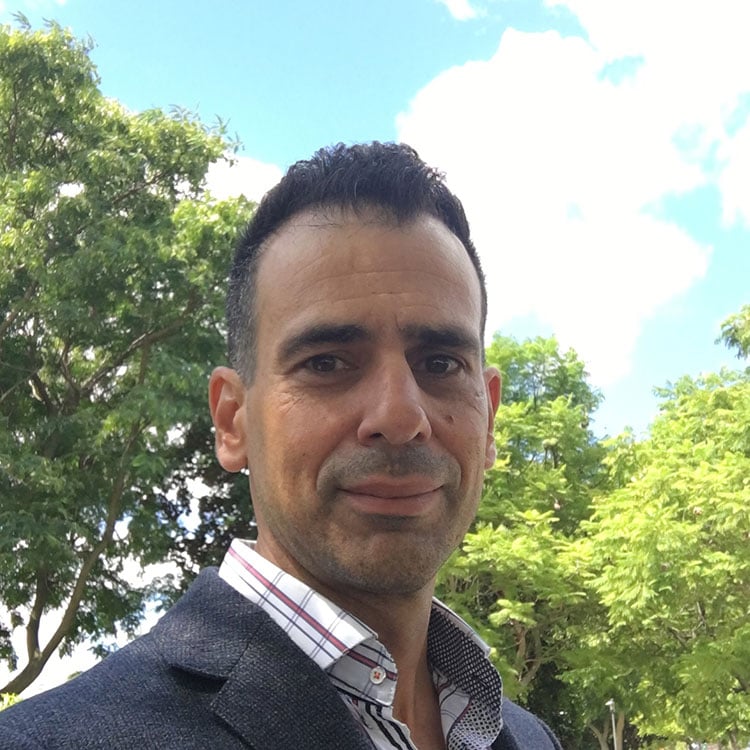
Michael Serralha
Research Assistant
michael.serralha@thekids.org.au
Michael Serralha was born and raised in Cape Town. After high school he completed his national service with the South African Air Force.
He began his tertiary studies in Zoology and Microbiology on a part time basis with the University of South Africa, while working in the Casino industry.
He emigrated to Australia and completed his Bachelor of Science degree, with Honours, with the department of Microbiology at the University of Western Australia. He worked at the Laboratory for Cancer Medicine at Royal Perth Hospital before joining The Kids Research Institute Australia in 2002.
Working with the Department of Cell Biology, he spent much of his time perfecting Immunological and Molecular techniques on large cohort studies, like the Raine Study.
Projects
Working Towards a Better Understanding of ARF
Towards a diagnostic test for rheumatic fever
Published research
Single cell transcriptomics reveals cell type specific features of developmentally regulated responses to lipopolysaccharide between birth and 5 years
Human perinatal life is characterized by a period of extraordinary change during which newborns encounter abundant environmental stimuli and exposure to potential pathogens. To meet such challenges, the neonatal immune system is equipped with unique functional characteristics that adapt to changing conditions as development progresses across the early years of life, but the molecular characteristics of such adaptations remain poorly understood.
Protection against severe infant lower respiratory tract infections by immune training: Mechanistic studies
Results from recent clinical studies suggest potential efficacy of immune training (IT)-based approaches for protection against severe lower respiratory tract infections in infants, but underlying mechanisms are unclear.
IRF7-Associated Immunophenotypes Have Dichotomous Responses to Virus/Allergen Coexposure and OM-85-Induced Reprogramming
High risk for virus-induced asthma exacerbations in children is associated with an IRF7lo immunophenotype, but the underlying mechanisms are unclear. Here, we applied a Systems Biology approach to an animal model comprising rat strains manifesting high versus low susceptibility to experimental asthma, induced by virus/allergen coexposure, to elucidate the mechanism(s)-of-action of the high-risk asthma immunophenotype.
Mapping the landscape of chromatin dynamics during naïve CD4+ T-cell activation
T-cell activation induces context-specific gene expression programs that promote energy generation and biosynthesis, progression through the cell cycle and ultimately cell differentiation. The aim of this study was to apply the omni ATAC-seq method to characterize the landscape of chromatin changes induced by T-cell activation in mature naïve CD4+ T-cells.
Immunoinflammatory responses to febrile lower respiratory infections in infants display uniquely complex/intense transcriptomic profiles
the association between infant LRTI and risk for persistent wheeze/asthma in this cohort is generally stronger for fLRTIs than for other infection categories
Personalized transcriptomics reveals heterogeneous immunophenotypes in children with viral bronchiolitis
Dysregulated expression of IFN-dependent pathways after respiratory viral infections is a defining immunophenotypic feature of AVB-susceptible infants
Developmental regulation of type 1 and type 3 interferon production and risk for infant infections and asthma development
Type 1 and 3 interferon response capacity appears strongly developmentally constrained at birth
